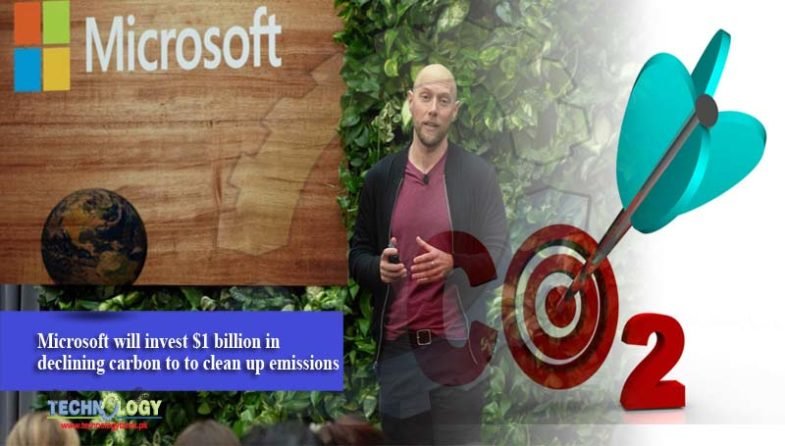The software giant Microsoft plans to offset all the emissions it produced since 1975.
 Microsoft plans to establish a $1 billion fund dedicated to “carbon reduction, capture, and removal technologies,” amid a broader commitment to clean up the software giant’s emissions across its corporate history by 2050.
Microsoft plans to establish a $1 billion fund dedicated to “carbon reduction, capture, and removal technologies,” amid a broader commitment to clean up the software giant’s emissions across its corporate history by 2050.
It is one of the largest funding commitments ever to methods of sucking carbon dioxide out of the air, which most research shows will be a necessary part of any plan to prevent catastrophic levels of global warming. Funding for direct air capture startups like Carbon Engineering, Climeworks, and Global Thermostat have been climbing but have been limited to the tens of millions of dollars range to date.
In a statement to MIT Technology Review, Microsoft stresses the money will go to more than direct air capture, adding that it will fund the build out of projects as well as research and development. The money will be invested over the next four years.
The company’s language leaves room for many other possible investment areas, including natural systems for removing and storing carbon dioxide, such as forestry projects, or technologies that prevent it from escaping power plants in the first place. For that matter, the phrase “carbon reduction” in the announcement means some of the funds could simply go to solar, wind, and other renewable projects as well.
Microsoft didn’t specify its total historic emissions, but said its operations will pump out 16 million metric tons of carbon dioxide this year, directly or indirectly. The company says it will offset its climate pollution stretching back to 1975 through a combination of direct air capture and natural systems including tree plantings, new soil management practices, and a largely theoretical approach known as bio energy with carbon capture and storage.
Experts say that natural systems can play a big role in drawing down greenhouse gases, but it’s notoriously difficult to account for them in an accurate and reliable way.
